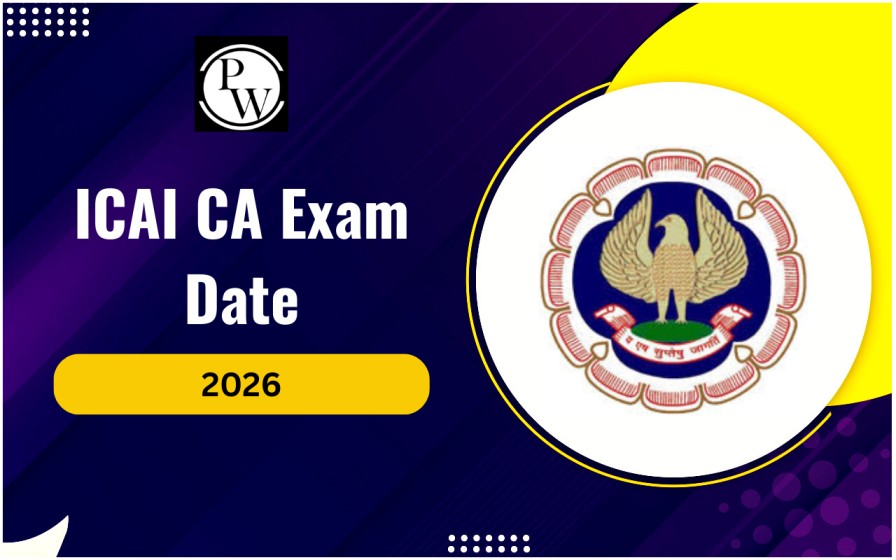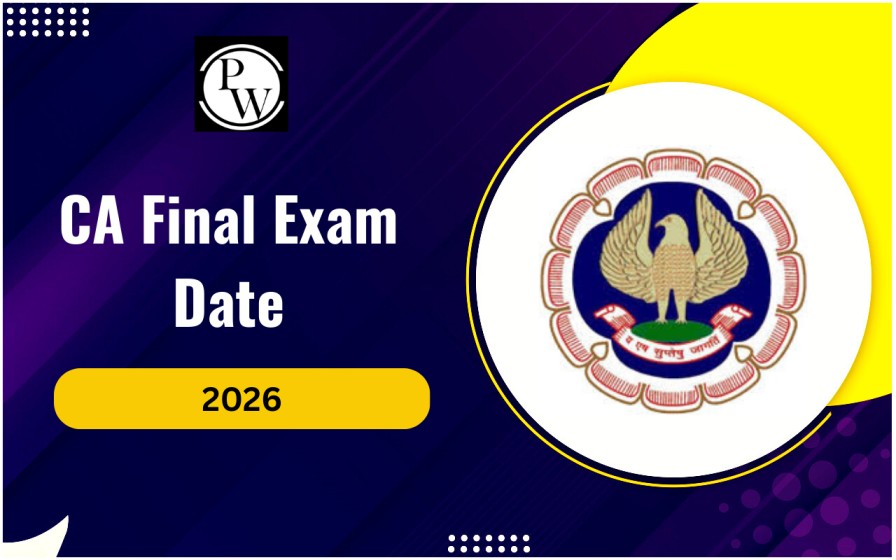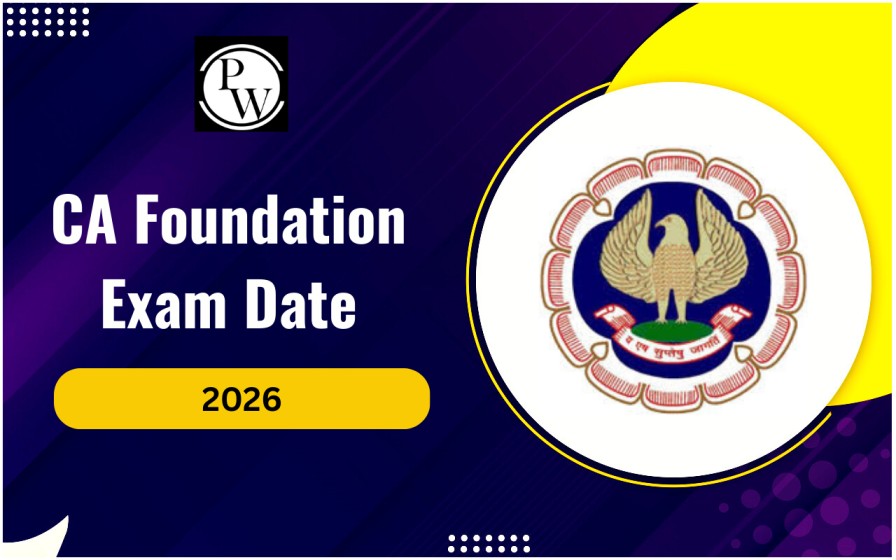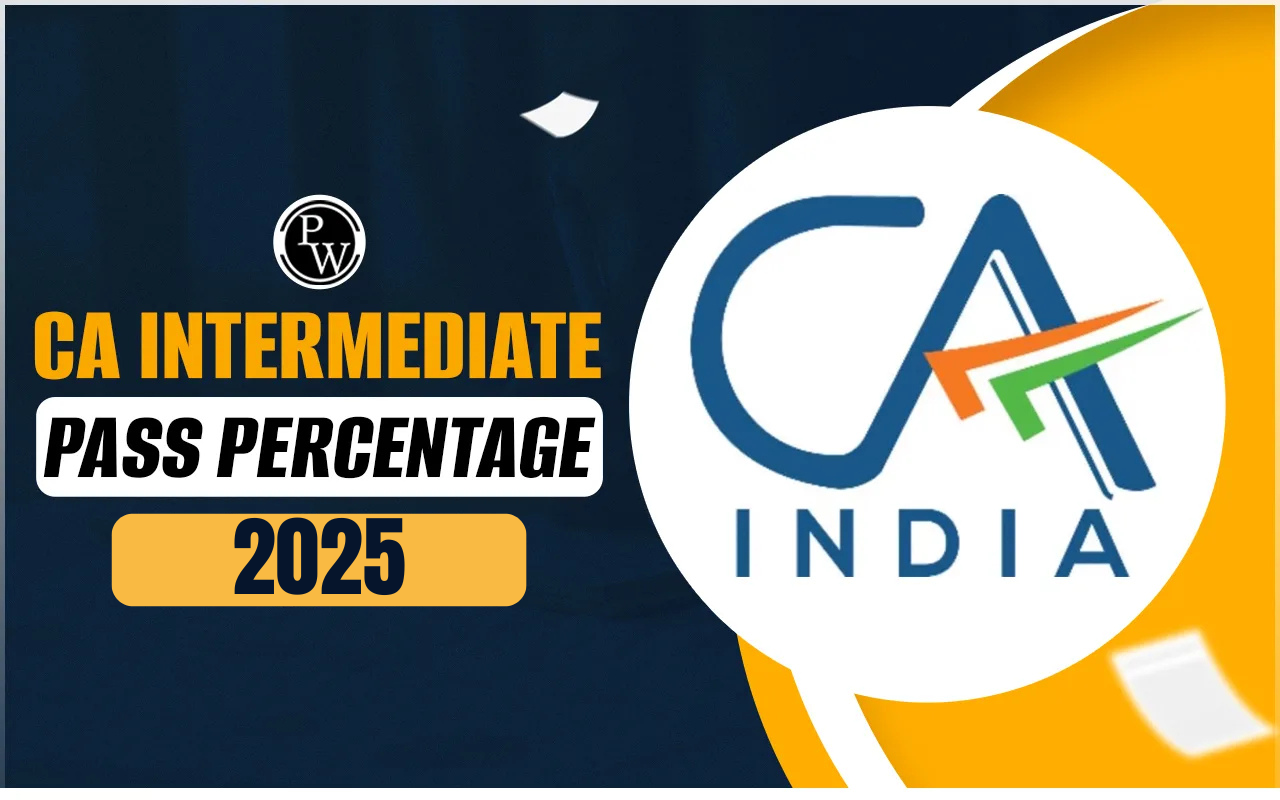
The optimal capital structure of a company is the mix of equity and debt it uses to finance its operations. This structure aims to strike the right balance between increasing the company's value and keeping its cost of capital low.
A company's goal is to find the lowest weighted average cost of capital (WACC) when setting up its capital structure. The WACC combines the cost of equity and debt. However, a company isn't required to take on any debt and can choose a capital structure made up entirely of equity or one with minimal debt. The ideal capital structure can vary depending on the industry and whether the company is private or public, as different industries have different standards. In this article, you will learn more about optimal capital structure for CA Exams .What Is Optimal Capital Structure?
The optimal capital structure of a firm is the ideal balance of debt and equity financing that enhances the company's market value while keeping its cost of capital low. Debt financing is often cheaper due to its tax benefits, but relying too heavily on debt can raise financial risks for shareholders, leading them to expect higher returns on equity. Therefore, companies need to identify the point where the added advantage of taking on more debt equals the additional risk it brings.What Is the Purpose of Optimal Capital Structure?
The optimal capital structure is determined by finding the right balance of debt and equity that minimizes a company's weighted average cost of capital (WACC) while maximizing its market value. A lower cost of capital increases the present value of the company's future cash flows when discounted by the WACC. Therefore, the primary objective of a corporate finance department is to identify the capital structure that achieves the lowest WACC and maximizes the company's value, ultimately benefiting shareholders.Also Check: Difference Between Accounting and Economic Profit
Optimal Capital Structure and WACC
Debt is typically less expensive than equity because it carries less risk. Debt investors require a lower return since interest payments are prioritized over dividends, and debt holders are first in line during liquidation. Additionally, companies benefit from tax relief on interest payments, unlike dividends, which are paid from after-tax income. However, there’s a limit to how much debt a company should take on. Too much debt leads to higher interest payments, increased earnings volatility, and a greater risk of bankruptcy. This added financial risk pushes shareholders to demand higher returns, which raises the WACC and reduces the company’s market value. The ideal capital structure balances enough equity to reduce the risk of default, considering the business’s cash flow stability. Companies with steady cash flows can handle more debt and will likely have a higher debt percentage in their optimal capital structure. On the other hand, businesses with unpredictable cash flows will rely more on equity and carry less debt.Points in Designing an Optimal Capital Structure
The following are the key points in designing an optimal capital structure:Maximize the Company's Wealth
An optimal capital structure should enhance the company's net worth, wealth, and market value. This is achieved by maximizing the present value of future cash flows, which are discounted by the weighted average cost of capital (WACC).Minimize the Cost of Capital
Keeping the cost of capital low reduces the risk of insolvency, especially for companies in industries with unpredictable cash flows. A lower cost of capital increases the present value of future cash flows, contributing to the company's overall value.Simplicity in Structure
The capital structure should be straightforward and easy to understand. A simple structure avoids confusion and ensures that all stakeholders clearly grasp the financial strategy.Maintain Control
The optimal capital structure preserves the owners' control rights while remaining flexible enough to allow for future borrowing if needed. This flexibility ensures that the company can raise funds without diluting ownership or losing control.How to Determine the Optimal Capital Structure?
Identifying the best capital structure for a company isn't always straightforward, so managers often work within a flexible range. They must also consider how their financing choices will be perceived by the market. A company with strong growth prospects often prefers to raise funds through debt instead of equity. This approach helps avoid diluting existing shares and prevents sending any negative market signals. When a company announces it is taking on debt, it’s usually seen as a positive indicator, a concept known as debt signaling. However, if a company raises too much capital at once, the costs associated with debt, preferred stock, and common equity can increase, leading to a higher marginal cost of capital. Investors often assess a company's risk by examining its debt-to-equity ratio. They also compare it with the leverage levels of other companies in the same industry, assuming those firms are operating with an optimal capital structure. This comparison helps determine whether a company’s debt level is out of the ordinary. Another approach to determining the optimal debt-to-equity ratio is to think like a lender. Consider what level of debt a bank would be comfortable lending. Analysts can also use other debt ratios to assess a company's creditworthiness, similar to how bond ratings are determined. The default spread associated with the bond rating can then be used to calculate the additional risk over a risk-free rate, such as that of a AAA-rated company.How to Calculate WACC?
The Weighted Average Cost of Capital (WACC) measures a company's cost of capital from all sources, including debt and equity. It combines the cost of debt and the cost of equity, factoring in their respective proportions and the impact of taxes. Here’s how to calculate WACC: WACC =[D (Kd)/ (D+E)] +[D (Ke) x (1 - t)/ (D + E)] where, D = Total debt E = Total equity Kd = Cost of debt Ke = Cost of equity t = Tax rate Unlock your financial expertise with PW CA Courses! Join now to master key concepts, excel in your exams, and advance your career in accounting. Enroll today and start your journey to success!Optimal Capital Structure FAQs
What is optimal capital structure?
Optimal capital structure refers to the ideal mix of debt and equity financing that maximizes a company's market value while minimizing its weighted average cost of capital (WACC).
How does debt affect the cost of capital?
Debt is usually cheaper than equity due to tax benefits and lower risk for lenders, which can reduce a company's overall cost of capital. However, excessive debt increases financial risk, potentially raising the WACC.
Why is WACC important?
WACC represents the average rate of return a company needs to pay its investors and is crucial for assessing investment decisions, valuing companies, and determining the optimal capital structure.
How can a company determine its optimal capital structure?
A company can determine its optimal capital structure by balancing debt and equity to minimize its WACC, considering market perceptions, comparing with industry standards, and evaluating financial risk.
What factors influence a company's optimal capital structure?
Factors include the company's cash flow stability, industry norms, financial risk tolerance, market conditions, and the cost of debt versus equity.
🔥 Trending Blogs
Talk to a counsellorHave doubts? Our support team will be happy to assist you!

Check out these Related Articles
Free Learning Resources
PW Books
Notes (Class 10-12)
PW Study Materials
Notes (Class 6-9)
Ncert Solutions
Govt Exams
Class 6th to 12th Online Courses
Govt Job Exams Courses
UPSC Coaching
Defence Exam Coaching
Gate Exam Coaching
Other Exams
Know about Physics Wallah
Physics Wallah is an Indian edtech platform that provides accessible & comprehensive learning experiences to students from Class 6th to postgraduate level. We also provide extensive NCERT solutions, sample paper, NEET, JEE Mains, BITSAT previous year papers & more such resources to students. Physics Wallah also caters to over 3.5 million registered students and over 78 lakh+ Youtube subscribers with 4.8 rating on its app.
We Stand Out because
We provide students with intensive courses with India’s qualified & experienced faculties & mentors. PW strives to make the learning experience comprehensive and accessible for students of all sections of society. We believe in empowering every single student who couldn't dream of a good career in engineering and medical field earlier.
Our Key Focus Areas
Physics Wallah's main focus is to make the learning experience as economical as possible for all students. With our affordable courses like Lakshya, Udaan and Arjuna and many others, we have been able to provide a platform for lakhs of aspirants. From providing Chemistry, Maths, Physics formula to giving e-books of eminent authors like RD Sharma, RS Aggarwal and Lakhmir Singh, PW focuses on every single student's need for preparation.
What Makes Us Different
Physics Wallah strives to develop a comprehensive pedagogical structure for students, where they get a state-of-the-art learning experience with study material and resources. Apart from catering students preparing for JEE Mains and NEET, PW also provides study material for each state board like Uttar Pradesh, Bihar, and others
Copyright © 2025 Physicswallah Limited All rights reserved.
Get App









